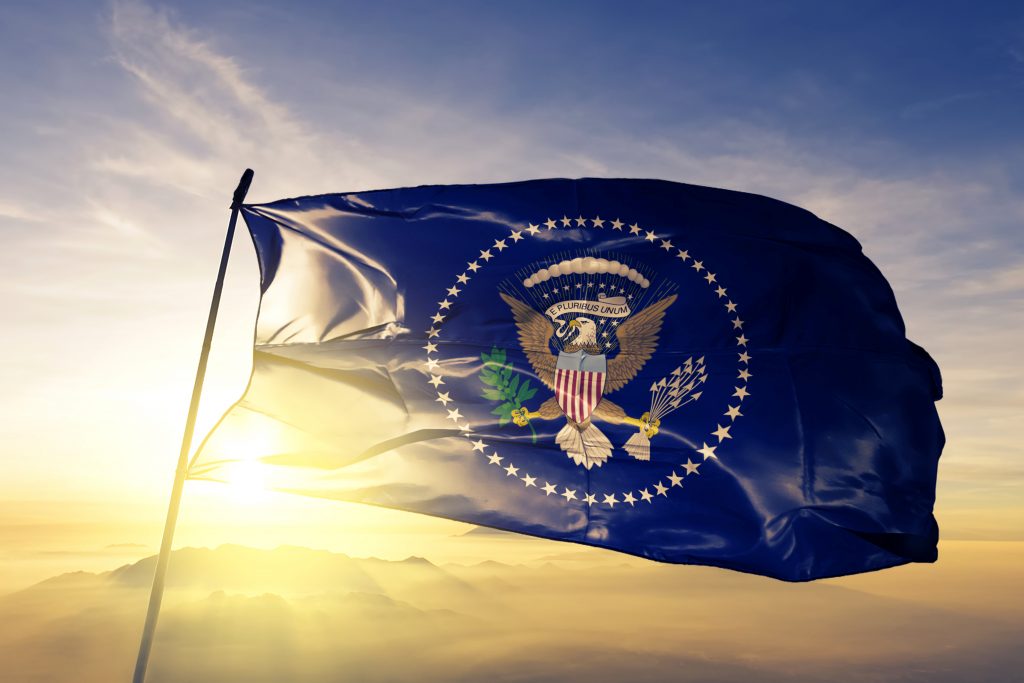My childhood understanding of money was based on the fact that I could not get everything I wanted. I would imagine many of you had similar experiences. I had a single Mom who was a teacher. While we never hurt for food on the table or shoes on our feet, I never did get that go-kart I always wanted. Given the fact that I am thirty-six years old and still talking about it, you can see the lack of that go-kart deeply scarred me. I believe that is called “first world problems.”
My Mom has prudent money management skills, she does not believe in carrying debt. Our federal government could learn a thing or two from Mom. As our national debt exceeds $24 trillion, it would behoove us to ask ourselves, when did this all start?
Prior to 1971, the U.S. dollar was tied to gold. This was known as a fixed exchange rate in that a coin or bill could be exchanged for a specific amount of actual gold. This is how countries from around the world could trust the value of another country’s currency. However, this all changed when we, as a country, abandoned the gold standard. The series of events was known as the Nixon Shock. Due to increasing inflation, President Richard Nixon cancelled the international convertibility of the United States dollar to gold[1].
From this point forward our money was no longer tied to gold, instead it was known as a fiat currency. The value of a fiat currency is based upon the strength of the government that issues it. Some people call this funny money because governments can essentially print their own money, at will.
Under fiat currency, the central bank of the United States, better known as the Federal Reserve, has the power to simply create new dollars to be sent into our financial system. This ability allows them to assist in times of crisis, as we are seeing with the current situation surrounding COVID-19. Nobel Prize winning economist Paul Krugman famously said,
“a system that leaves monetary managers free to do good also leaves them free to be irresponsible—and, in some countries, they have been quick to take the opportunity”
Powerful tools can come with substantial risks, a perfect example of the gift and the curse. Now, enter the politician. Unfortunately, we as a country have become numb to the idea of our elected officials “spending next week’s paycheck.” This is evidenced by our gargantuan national debt. Before we start to point any fingers, it is important to note that the tendency of our elected officials to exceed their budget is bi-partisan.
During George W. Bush’s presidency, the federal debt went from $5 trillion to $10 trillion. When Barack Obama was president, the federal debt swelled from $10 trillion to $19.6 trillion. Under President Donald Trump the debt has increased to over $24 trillion and shows no signs of stopping[2]. Not only is this spending unacceptable, it is wildly unsustainable.
How can we understand our country’s debt? To use an example, let’s say Howard has an income of $40,000 a year, while carrying roughly $270,000 of debt. Think about that for a moment. If Howard put all of his income toward debt, it would take him nearly seven years to become debt free. Howard is not a good example of prudent money management. Sadly, neither is our federal government.
It is generally accepted that our national debt is in excess of $24 trillion dollars. That number is very difficult to grasp however, entrepreneur and unsuccessful presidential candidate Ross Perot famously crafted an example using a simple concept[3]. Currently the largest bill in circulation is the $100 bill however in years past there were $1,000 bills in circulation, and they were the same size as all other denominations. Now visualize a stack of $1,000 bills on your dining room table.
$1 million dollars = a stack of $1,000 bills 4 inches high (about the height of a coffee cup)
$1 billion dollars = a stack of $1,000 bills 300 feet high (about the height of the Statue of Liberty)
$1 trillion dollars = a stack of $1,000 bills over 125 miles high (which would reach roughly 63 miles into space)
Things need to change with the management of taxpayer dollars. Politicians and appointed officials are making short-sighted decisions with little regard for the future. There is no history to look back to for guidance; we have never borrowed so much debt. Not to mention, many countries around the world have followed our lead. Governments being able to print money has many implications for the average investor. For example, do you think there is a correlation between our country’s rising debt balance and future tax rates?
The world of finance can be rather daunting, almost like walking through a jungle. As with any expedition, it is vital to understand the landscape. A retiree has many variables to consider when designing a strategy to protect their family and live a life of financial freedom. That is when a guide and proper planning for the journey can help an investor focus on getting back to the basics, and we could use a lot more of that these days.
That’s my 2 cents.
Investing involves risk, including the potential loss of principal.
The information contained in this material is for informational purposes only. It is believed to be reliable, but accuracy and completeness cannot be guaranteed; it is not intended to be used as the sole basis for financial decisions. Investment advisory services offered only by duly registered individuals through AE Wealth Management, LLC (AEWM). AEWM and J. Biance Financial are not affiliated companies.
[1] https://en.wikipedia.org/wiki/Nixon_shock
[2] https://www.marketwatch.com/story/how-much-each-us-president-has-contributed-to-the-national-debt-2018-10-29
[3] https://www.dallasnews.com/news/watchdog/2020/03/20/will-a-1-trillion-bailout-bring-us-closer-to-the-end-of-social-security/




